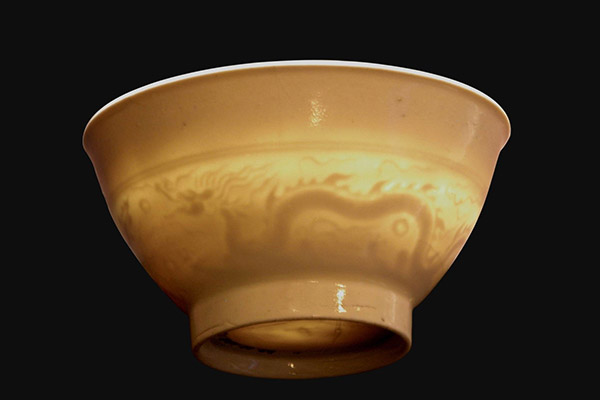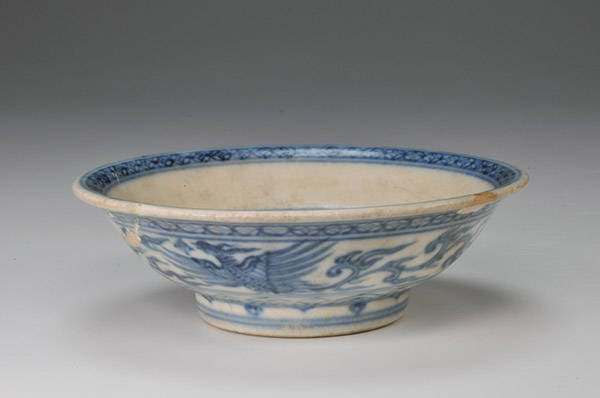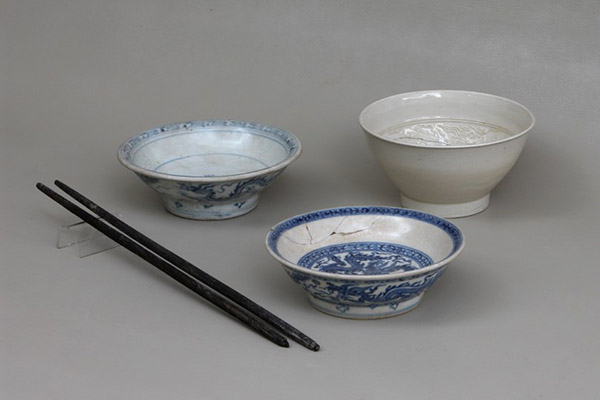Treasures of the Le Dynasty on display at the Imperial Citadel of Thang Long
15/12/2021
In 1428, after defeating the Ming army, Le Loi (Le Thai To) ascended the throne at Thang Long/Dong Do, renaming the capital Dong Kinh. Under the Le dynasty (1428-1527), Dai Viet was a powerful country in Southeast Asia. The early Le state took Confucian thought as the foundation and was strictly organized. The law is quite complete. Economic activities and trade developed quite comprehensively.
During the early Le dynasty, Kings Le Thai To, Le Thai Tong and Le Nhan Tong built the capital on the basis of Thang Long citadel of the Ly and Tran dynasties, but solidly built the citadel with a deep moat and strict separation. tight between the citadel.
In the Forbidden Citadel, King Le Thai To built a new palace complex including Kinh Thien Palace in the middle of the Forbidden City, which is the imperial palace, built on the location of Thien An Palace in the Tran Dynasty.
Under Le Thanh Tong, the king expanded the Imperial Citadel on a very large scale. In particular, for the first time in history, King Le Thanh Tong ordered a map of the entire Dai Viet territory to be drawn, called the Hong Duc Map, in which the Thang Long map was completed in 1490. Early in 1514-1516, Le Tuong Duc continued the expansion of the Imperial Citadel, carrying out the construction of many new architectural works. This is the period when the Imperial Citadel was expanded with the largest scale in the history of the Capital.
In the 16th century, when the Le dynasty was weak, a court official, Mac Dang Dung, deposed King Le Cung Hoang in 1527, ending 99 years of reign of the Le So dynasty.
The discoveries of underground archeology at the 18 Hoang Dieu relic site in 2002-2004 have found a complex of palace architecture, the attic of Thang Long Imperial Palace and countless utensils and utensils of the dynasties. .
This important discovery vividly illustrates the long history of Thang Long Imperial City over 1300 years, from Dai La Dynasty (7th – 9th centuries), Dinh – Tien Le Dynasty (10th century) to Ly Dynasty (10th century AD). 11-13th century), Tran (13th-14th century), Le (15th-18th century). From here, people know more about Thang Long Imperial City and with its outstanding global values, this relic site soon became a World Cultural Heritage in autumn 2010.
Many precious ceramics reserved for the king called royal ware and those intended for queens were found for the first time. These are utensils and items that play a very important role in the life of the Royal Palace, from daily life to the feasts of the king and the court on great occasions such as the coronation of the king or the royal court. The coronation ceremony of the Empress Dowager… Many of those precious ceramics are also used as self-made items in temples or used as interior decorations of palaces to adorn the noble and noble beauty of the palace. family.

Translucent porcelain bowl decorated with 5-claw dragon, Le Dynasty royal furniture

Ceramic plate decorated with phoenix birds of the Le Dynasty

Pottery of the Le Dynasty
Pottery in Thang Long Imperial Palace of Le Dynasty is being displayed at Thang Long Imperial Citadel Heritage Area, which will help visitors to feel authentically and clearly about the high-class quality of ceramics dedicated to the king and king. Queen used in the ancient Thang Long Imperial Palace.
Source: Compilation
RELATED ARTICLES
HERITAGES OF VIETNAM